Congress may be close to reaching a last-minute deal to stop interest rates on popular federal student loans from doubling – but experts say this reprieve won’t provide enough help for the nation’s many cash-strapped students.
Rates on subsidized Stafford loans, which are scheduled to jump to 6.8% July 1, would remain at 3.4% for undergraduates under an agreement reached by Senate leaders Tuesday for one more school year. House Republicans will have to agree to the extension in order for it to go into effect, but experts say it’s likely an agreement will be reached this week.
This temporary freeze would help some student borrowers to save thousands of dollars. But experts say if the rates are allowed to double the following year, the impact over the course of most student’s college years would be limited. The proposed deal also excludes graduate students, who as of July 1 will no longer be eligible for this loan. “It’s not the perfect solution, but it’s a step in the right direction and it buys us time to find a longer-term solution,” says Rich Williams, higher education advocate at the U.S. Public Interest Research Group, which has been pushing Congress to freeze rates.
Not everyone would save the same amount. For instance, freshmen, who can borrow up to $3,500 for the year in subsidized Stafford loans, would save $671 to $1,649 over the life of the loan, says Mark Kantrowitz, publisher of FinAid.org. Juniors and seniors (who can each borrow up to $5,500) will save $1,100 to $2,702.
RELATED: Grad School: Higher Degrees of Debt
With the nation’s student loan debt topping $1 trillion, Congress came under pressure to address the expiration of the low rate. Consumer advocates, citing mounting tuition bills and an uncertain job market, argued this was not time to allow borrowing costs to soar. Republicans and Democrats agreed in principle to fund the one-year rate extension — which will cost the government around $6 billion – in part by raising premiums for federal pension insurance. In addition, the Senate’s agreement calls for an end to subsidized Stafford loans for undergraduate students who are in college for more than six years. (Currently, there is no limit on how many years an undergraduate can borrow this loan for though the cumulative amount they can borrow can’t surpass $23,000.)
The subsidized Stafford loans are the most popular of all options for student borrowers. Last year, roughly 7.5 million undergraduates and 1.8 million graduate students took out subsidized Stafford loans. The federal government pays the interest on these loans while students are in school. (With other loans, the interest accrues unless the borrower makes payments while in college.)
RELATED: For Student Borrowers, a Hard Truth
If Congress does approve the one-year extension, the subsidized Stafford loan will be the most affordable fixed-rate loan. Over the past year, the largest private lenders have introduced fixed-rate student loans with rates as low as 5.75%. If the subsidized Stafford loan rate isn’t frozen, borrowers with top credit scores may qualify for private loans with rates lower than the federal government’s.